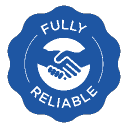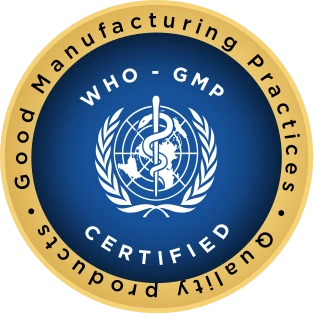

Authentic Product

India's Leading Generic Pharmacy

Secure Payment
By ROMSON
MRP
₹
45
₹38
15.56 % OFF
Check Delivery
--
Content Reviewed By:
Dr. Manoj Shah
, (MBBS)
Written By:
Ms. Priyanka Shah
, (B.Pharm)
While suction catheters are essential medical devices, their use can potentially lead to several side effects. These include: * **Trauma to the Airways:** Insertion of the catheter can injure the delicate tissues of the nose, throat, or trachea, leading to bleeding, swelling, or pain. * **Infection:** Suctioning can introduce bacteria into the respiratory tract, potentially causing pneumonia or other respiratory infections. Improperly sterilized equipment significantly increases this risk. * **Hypoxia (Low Oxygen Levels):** Prolonged or frequent suctioning can remove oxygen from the lungs, leading to a drop in blood oxygen levels. * **Atelectasis (Lung Collapse):** Excessive suctioning force can collapse small airways and lung tissue. * **Cardiac Arrhythmias:** Stimulation of the vagus nerve during suctioning can sometimes cause changes in heart rhythm, including a slowed heart rate (bradycardia). * **Bronchospasm:** Irritation from the catheter can trigger a spasm of the bronchial muscles, making it difficult to breathe. * **Increased Intracranial Pressure (ICP):** In patients with head injuries, suctioning can temporarily increase pressure inside the skull. * **Gagging or Vomiting:** Suctioning can stimulate the gag reflex, leading to discomfort or vomiting. * **Mucosal Damage:** Repeated suctioning can damage the lining of the airways, leading to inflammation and increased mucus production.

Allergies
CautionUse caution if you are allergic to Suction Catheter 14.
A Suction Catheter 14 is used to remove fluids, such as saliva, mucus, or blood, from the airway to help facilitate breathing.
A Suction Catheter 14 should be used by a trained healthcare professional. They will insert the catheter into the airway and suction out the fluids.
Risks associated with using a Suction Catheter 14 include infection, bleeding, and damage to the airway.
Suction Catheter 14 should be stored at room temperature, away from direct sunlight and heat.
No, a Suction Catheter 14 should not be reused. It is intended for single-use only.
If you are having difficulty breathing because of fluids in your airway, you may need a Suction Catheter 14.
Alternatives to a Suction Catheter 14 include manual suction devices and cough assist devices.
Suction catheters are available in various sizes, measured in French gauge. Size 14 is one of the more common sizes.
The price of a Suction Catheter 14 can vary depending on the brand and quantity, but it typically costs a few rupees per catheter.
Yes, you can purchase Suction Catheter 14 from many online retailers.
Suction Catheter 14 is typically made of medical-grade PVC or silicone.
Before use, ensure the packaging is intact, the catheter is clean, and there is no damage.
Suction Catheter 14 can be used on children, but it's important to use the appropriate size and technique.
Most Suction Catheters 14 are latex-free, but it's important to check the packaging before use, especially if you have a latex allergy.
If there is bleeding while using the Suction Catheter 14, stop the suction immediately and consult with your healthcare provider.
Best place best service best price u all should visit again and again We thank u for their setcices
Vijay Sharma
•
Reviewed on 12-12-2022
(5/5)
Best cooperation
Chirag Patel
•
Reviewed on 01-02-2024
(5/5)
Find the medicine which was quite hard to find in the vicinity
devnarayan yadav
•
Reviewed on 06-12-2022
(4/5)
Super
Elvis
•
Reviewed on 25-01-2024
(5/5)
Best and Affordable medicine Store thank you medkart.
Javed Malek
•
Reviewed on 09-07-2023
(5/5)
ROMSON
Country of Origin -
India

MRP
₹
45
₹38
15.56 % OFF
Quick Links
Medkart's sole intention is to ensure that its consumers get information that is expert-reviewed, accurate and trustworthy. However, the information contained herein should NOT be used as a substitute for the advice of a qualified physician. The information provided here is for informational purposes only. This may not cover everything about particular health conditions, medicines, generic alternatives, all possible side effects, drug interactions, warnings, alerts, lab tests, etc. Please consult your doctor and discuss all your queries related to any disease or medicine. We intend to support, not replace, the doctor-patient relationship.
10 Lakh+
Happy customers
35000+
Pin-codes Covered
75 Lakh+
Orders Delivered

Authentic Products
All WHO-GMP Certified Medicines
©2025 Medkart Pharmacy. All Rights Reserved